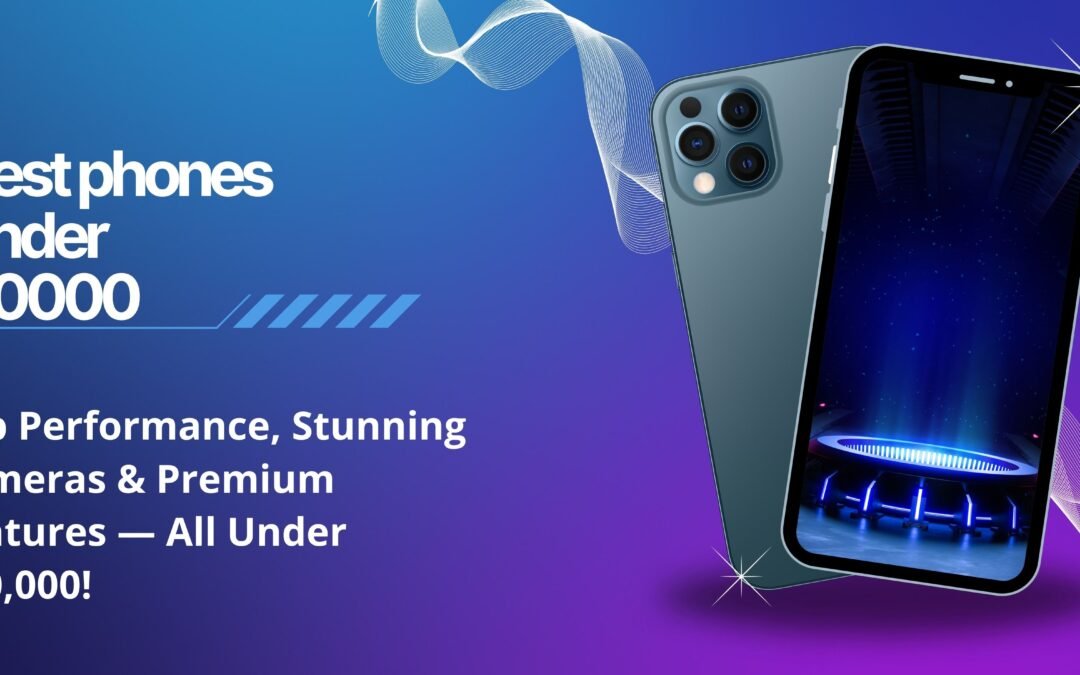The Ultimate Guide To Finding The Best Phone Under 30K In India
In smartdeals4u we provide:
- Best deals guarantee
- Clarity about what customers want
- Relevance
- The most reliable and accurate information on products
- Focus on the customer’s benefit.
- We provide information, with verified sources, and real user tested results.
BEST PHONES UNDER 30K
best phones under ₹30,000 in India (2025) can feel overwhelming with so many great options available. This segment is now one of the hottest in the smartphone market, offering premium features at a mid-range price. From powerful gaming processors and AMOLED displays to versatile camera setups and best video recording camera phone and fast charging batteries, brands are competing to deliver flagship-like performance without crossing the budget. Whether you’re looking for the best gaming phone under 30000, a photography-focused device, or an all-rounder for daily use, this price range has something for everyone. In this blog, we’ve rounded up the top smartphones under 30000 in India (2025) that strike the perfect balance between performance, style, and value, helping you choose the one that fits your needs best.
List are the top 5 phones under 30000 in India
| Serial number | Product name | product price | Link |
| 1 | Motorola Edge 60 Pro 5G | ₹26,999 | |
| 2 | Nothing Phone 3a Pro | ₹29,999 | |
| 3 | Samsung Galaxy A36 5G | ₹26,399 | |
| 4 | Vivo V50 | ₹29,445 | |
| 5 | Redmi Note 14 Pro+ 5G | ₹25,245 |
1-Motorola Edge 60 Pro 5G
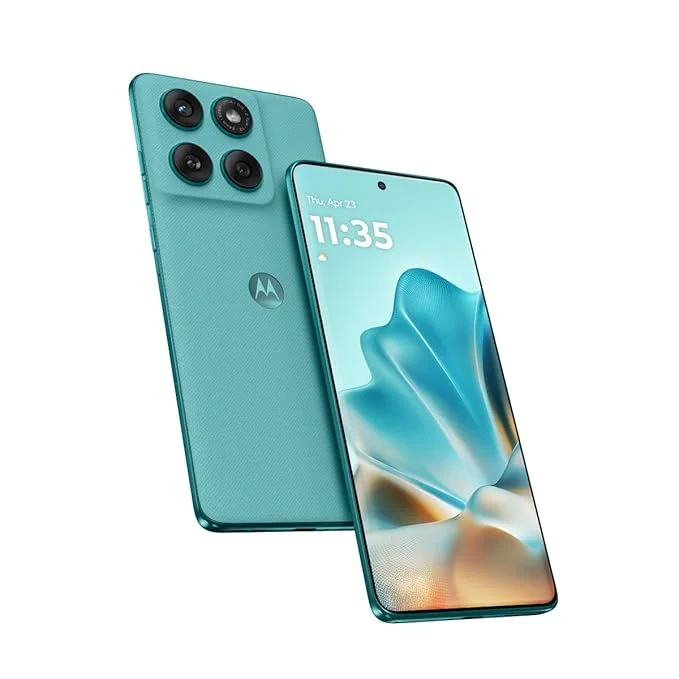
description:
The Motorola Edge 60 Pro 5G stand outs as best phones under 30000, delivers a premium mid-range experience packed with high-end specs. It boasts a vivid 6.7-inch quad-curved pOLED display with 1.5K resolution, 120Hz refresh rate and up to 4500 nits peak brightness, protected by Gorilla Glass 7i. Under the hood is the powerful MediaTek Dimensity 8350 Extreme chipset, joined by up to 12GB RAM and UFS 4.0 storage. Photography is strong too, with a triple rear setup: a 50MP primary sensor with OIS, a 50MP ultra-wide, and a 10MP 3× telephoto lens; plus a 50MP selfie shooter. The device supports a large 6000mAh battery, 90W fast wired charging, 15W wireless charging, and even reverse wireless charging. Add durability with IP68/IP69 ratings and MIL-STD-810H certification, and you have a phone that looks great, performs well, and can take a few knocks
Specifications:
| Feature | Details |
| Display | ~6.67-inch Super HD+ (≈1220×2712) 1.5K curved pOLED, 120 Hz refresh rate, ~4,500 nits peak brightness |
| Processor | MediaTek Dimensity 8350 |
| RAM & Storage | Options like 8 / 12 / 16 GB RAM; 256 / 512 GB storage |
| Rear Cameras | Triple setup: 50 MP main + 50 MP ultra-wide + 10 MP telephoto/macro (?) |
| Front Camera | 50 MP |
| Battery | 6,000 mAh battery; charging (wired fast) plus wireless and reverse charging support |
| Build / Durability | IP68/IP69 rating; premium build, curved design, good color calibration (Pantone validated) |
| OS | Android 15; Motorola UI with promises of updates (security etc.) |
Pros:
- Excellent display: sharp, high brightness, very good for outdoors / media.
- Strong camera setup including ultra-wide and decent third lens.
- Big battery + support for wireless charging & reverse charging.
- Durable build & good IP rating.
- Premium feel/design; good specs for the price.
Cons:
- Pricing may push near the upper limit of your ₹30,000 budget depending on variant.
- Hefty hardware → might be bulky / heavier. Curved screens sometimes prone to accidental touches or glare.
- Fast charging, especially wireless/reverse, may not match some rivals in speed.
- Software updates promised, but Motorola sometimes lags behind Samsung / Apple in long-term support.
2-Nothing Phone 3a Pro
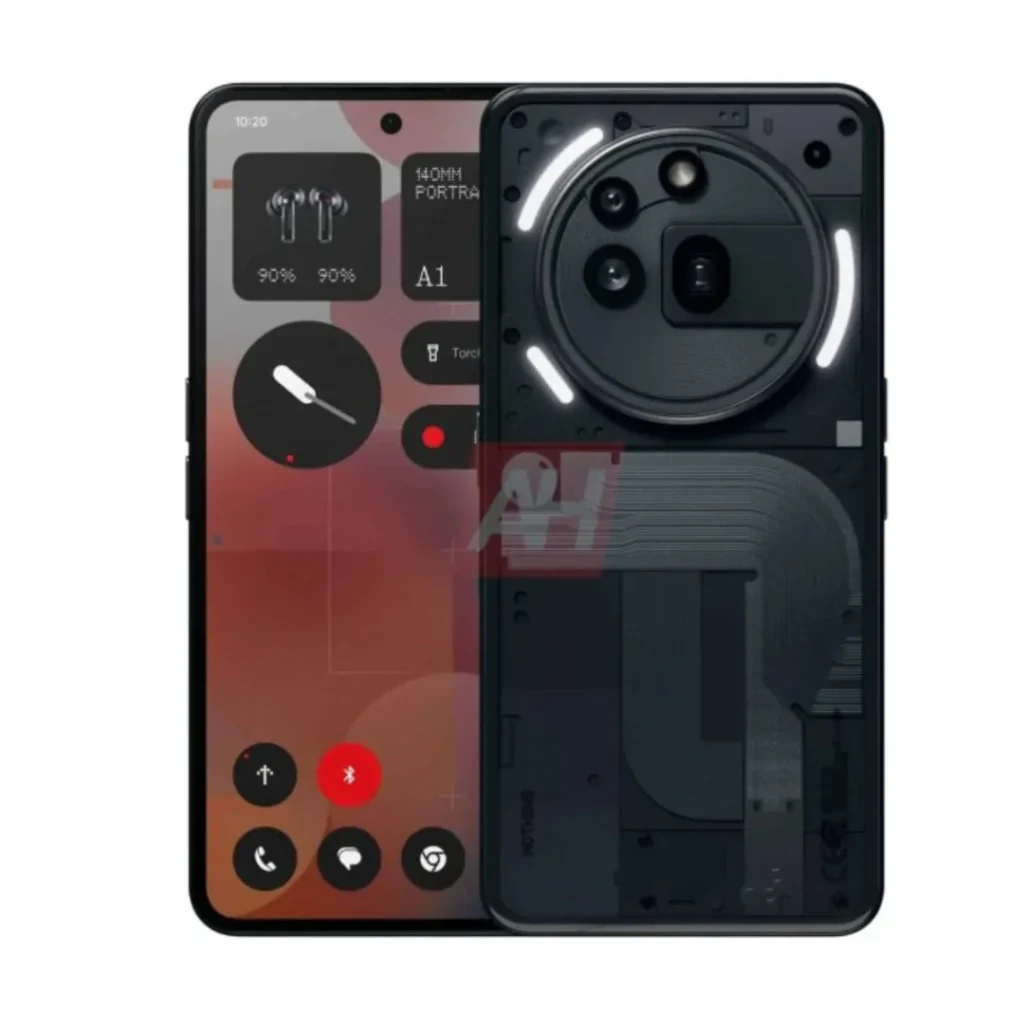
Description:
The Nothing Phone 3a Pro offers a striking mid-range package that pushes boundaries—especially for camera and design enthusiasts. It features a 6.77-inch flexible AMOLED screen with a 120 Hz refresh rate, protected by Panda Glass, and delivers up to 3000 nits of peak brightness. Powering it is Qualcomm’s Snapdragon 7s Gen 3 chip, paired with up to 12 GB RAM and 256 GB storage.
Specifications:
| Feature | Details |
| Display | ~6.70-inch Flexible / LTPS AMOLED, 120 Hz refresh rate; HDR10+; peak brightness quite high (some sources mention ~3000 nits peak, ~1300+ typical) |
| Processor | Snapdragon 7s Gen 3 |
| RAM & Storage | 8 / 12 GB RAM; storage 128 / 256 GB |
| Rear Cameras | 50 MP main + 50 MP (3x periscope zoom) + 8 MP ultra-wide |
| Front Camera | 50 MP |
| Battery | ~5,000 mAh |
| OS | Android 15 with Nothing OS customization |
Pros:
- Unique standout design; periscope zoom is rare in this price range.
- Very capable camera performance especially for zoom & portrait work.
- Clean UI / good software experience.
- Balanced performance and display quality.
Cons:
- Battery might lag when using zoom or heavy load; 5,000 mAh is decent but not class-leading.
- Charging speed may not be super fast compared to some rivals (unless there’s a high watt-wired charger).
- Build durability (like water resistance) may not match phones with high IP ratings.
- Periscope lens improves zoom, but often comes with trade-offs (size, cost, complexity).
3. Samsung Galaxy A36 5G
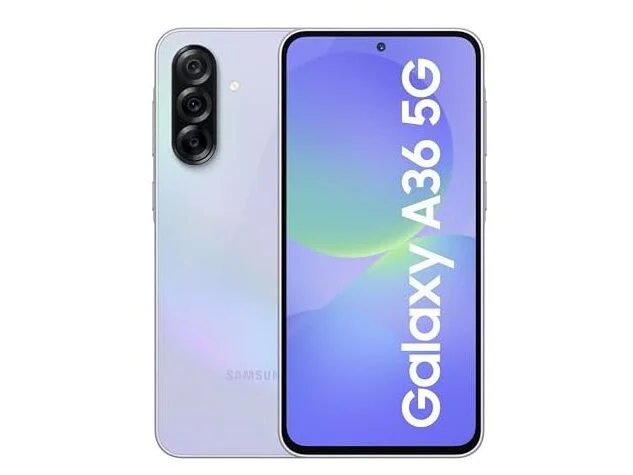
Description:
The Samsung Galaxy A36 5G is a premium mid-ranger released in early 2025, offering a solid mix of design, power, and durability. It sports a 6.7-inch Super AMOLED display with a 120Hz refresh rate, protected by Gorilla Glass Victus+ on both front and back. Under the bonnet is the Snapdragon 6 Gen 3 chipset, paired with up to 12GB RAM and up to 256GB storage. The camera setup includes a 50MP main lens (with OIS), an 8MP ultrawide, and a 5MP macro lens, plus a 12MP front camera. It runs Android 15 with One UI 7, backed by promises of six years of OS and security updates. Battery is 5,000mAh with 45W fast charging. On the build side, it has an IP67 rating (dust/water resistance), which is rare at this price point — and at ~7.4mm thickness, it looks sleek
w
Specifications:
| Feature | Details |
| Display | 6.7-inch Super AMOLED (120 Hz) OLED display; Full HD+ resolution; Gorilla Glass Victus+ protection; high brightness in “peak” mode |
| Processor | Snapdragon 6 Gen 3 |
| RAM & Storage | 8 / 12 GB RAM; storage up to 256 GB |
| Rear Cameras | Triple: 50 MP main + 8 MP ultra-wide + 5 MP macro or depth/macro lens |
| Front Camera | 12 MP |
| Battery | 5,000 mAh |
| Features | IP67 dust/water resistance; Gorilla Glass Victus+ back; long-term software support promised (OS + security) |
Pros:
- Excellent durability: IP67 + strong glass protection.
- Clean display, good refresh rate, reliable brand with strong service network.
- Balanced hardware; should perform well for media, daily use, light gaming.
- Good RAM & storage options.
Cons:
- Charging speed is modest (45 W) compared to “fast-charging beasts.” Could feel slow under heavy use.
- Macro / ultra-wide lenses might not be as strong as main camera (common issue in that price bracket).
- Heavy competition: some other phones give more camera/feature “bang” for slightly less.
4. Vivo V50
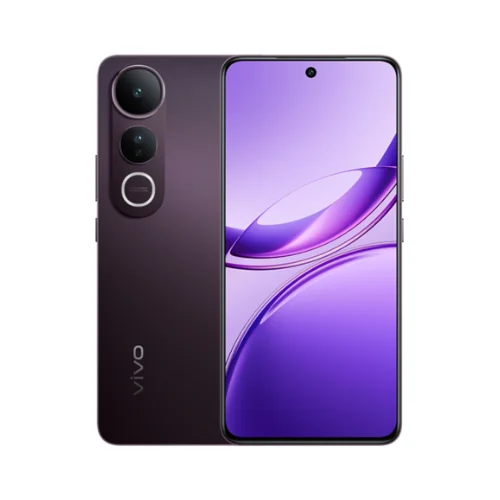
Description:
The Vivo V50 is a premium-midrange smartphone launched in India in early 2025. It features a 6.77-inch curved AMOLED display with a smooth 120Hz refresh rate and up to 4,500 nits peak brightness, making it great for outdoor visibility. Under the hood is the Snapdragon 7 Gen 3 chipset, supported by up to 12 GB RAM and up to 512 GB storage. The phone comes equipped with a dual 50MP rear camera setup (wide with OIS + ultra-wide), and a 50MP front camera for selfies. Backed by a large 6,000 mAh battery with 90W fast wired charging, the V50 also boasts strong durability with IP68/IP69 protection. It runs on Android 15 with Vivo’s Funtouch OS 15.
Specifications:
| Feature | Details |
| Display | 6.77-inch FHD+ AMOLED display, 120 Hz refresh, Wide color gamut; brightness is quite good |
| Processor | Qualcomm Snapdragon 7 Gen 3 |
| RAM & Storage | Options like 8 / 12 GB RAM; storage 128 / 256 / 512 GB, depending on variant |
| Rear Cameras | Dual 50 MP: primary with OIS + another 50 MP ultra-wide lens; fairly capable for photos/video. |
| Front Camera | 50 MP wide-angle with autofocus; good for selfies. |
| Battery | 6,000 mAh; decent battery life. Charging speed around 90W wired in many variants. |
| Build & Other Features | IP68 / IP69 in some cases; good durability; modern features; software: Android 15, etc. |
Pros:
- Very strong camera setup, especially dual 50 MP rear + good ultra-wide; OIS helps with low light.
- Large battery + fast charging = good for heavy users.
- Display is large and smooth.
- Premium touches (durability, build) make it feel more “premium” than entry-mid phones.
Cons:
- Big display + battery → size/weight maybe not compact.
- Fast charging is good but sometimes compromises (battery heating, long-term battery health).
- Ultra-wide + secondary cameras often weaker compared to main sensor; video might have trade-offs.
- Software updates/support might not be as long-term as Samsung, etc.
5. Redmi Note 14 Pro+ 5G
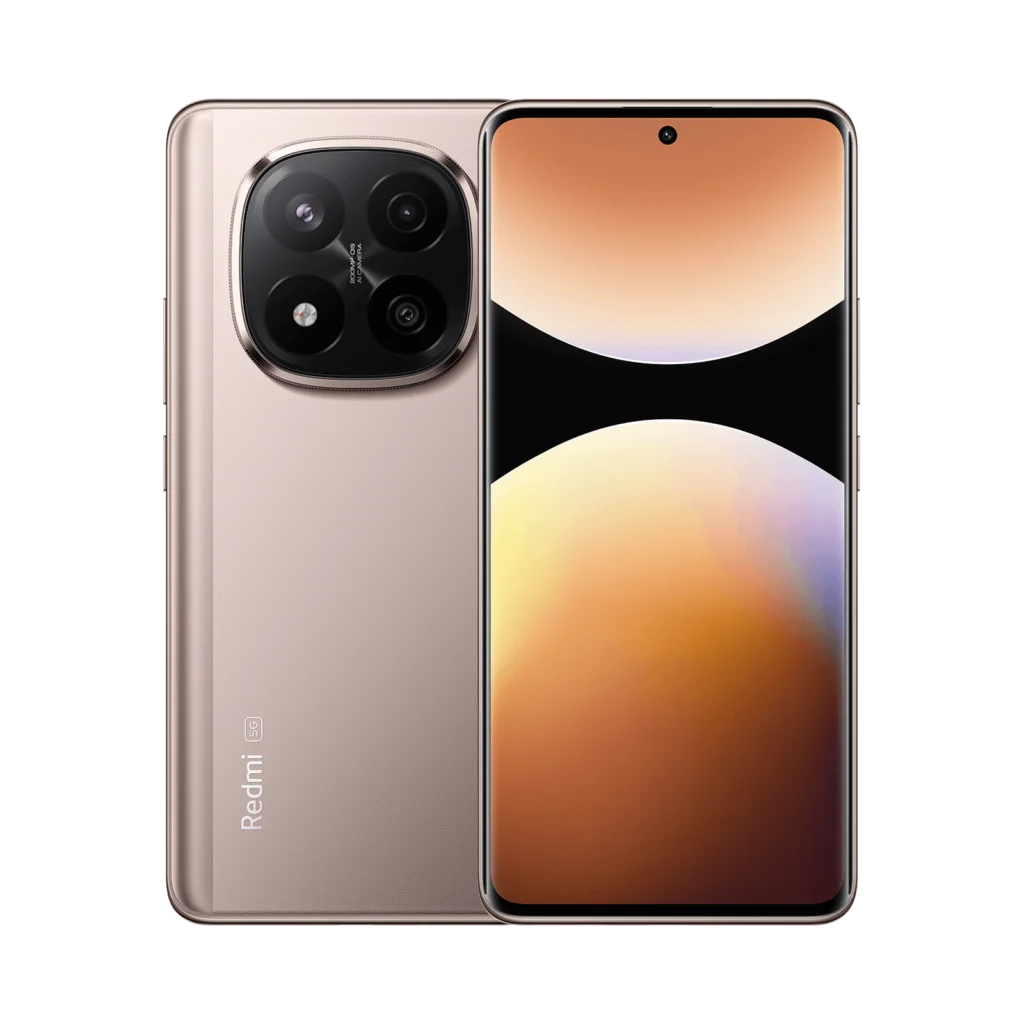
Description:
The Redmi Note 14 Pro+ 5G is a premium mid-range phone that offers an impressive mix of performance, durability, and camera chops. It runs on the Snapdragon 7s Gen 3 (4nm) chipset, paired with up to 12 GB RAM and up to 512 GB storage. The phone sports a 6.67-inch curved AMOLED display with a 1.5K (1220×2712) resolution, a 120 Hz refresh rate, ~3,000 nits peak brightness, HDR10+ & Dolby Vision support, protected by Gorilla Glass Victus 2 on front, and Gorilla Glass 7i on the back. Camera hardware is strong: a 50 MP “Light Fusion 800” main sensor with OIS, an 8 MP ultra-wide lens, and a 50 MP 2.5× telephoto lens. It also includes a large 6,200 mAh battery with 90 W fast charging, IP68 / IP69 water & dust resistance, and runs HyperOS (Android 14)
Specifications:
| Feature | Details |
| Display | ~6.67-inch 1.5K curved AMOLED display; high refresh rate, good color reproduction. |
| Processor | Snapdragon 7s Gen 3 (4 nm) |
| RAM & Storage | Multiple variants: 8 / 12 GB RAM; 128 / 256 / 512 GB storage depending on variant. |
| Rear Cameras | Strong triple setup: 50 MP main, 50 MP telephoto/zoom, 8 MP ultra-wide or vice versa depending on exact spec. |
| Front Camera | 20 MP front camera. |
| Battery | ~6,200 mAh battery; fast charging (Q/W power) – number around 90W in some sources. |
| Other features | Curved display; good cooling with VC cooling system; possibly some features like IP rating or durability though likely less than premium “rugged/mineral sealed” ones. |
Pros:
- Excellent camera setup especially telephoto + good main; plus strong front camera for selfies.
- Fast charging and large battery help with endurance.
- Display (curved, 1.5K) looks premium; high refresh rate.
- Strong performance thanks to Snapdragon 7s Gen 3.
Cons:
- Curved display can lead to glare, accidental touches, or be more fragile.
- Telephoto/zoom lenses tend to be “best in class” but still may have compromises in dim light or video.
- Rapid charging might impact battery lifespan if not managed carefully.
- Might be less durable in harsh conditions (no top IP rating etc.)
FAQ’S
1. Which is the best all-rounder phone under ₹30,000 in India?
Phones like the Motorola Edge 60 Pro and Nothing Phone 3a Pro are considered the best all-rounders, offering a balanced mix of performance, display, and camera quality.
2. Which phone under ₹30,000 is best for gaming?
For gamers, the Redmi Note 14 Pro+ 5G and Vivo V50 stand out with powerful processors, high refresh rate AMOLED displays, and large batteries.
3. Which phone under ₹30,000 has the best camera?
If camera quality is your priority, the Vivo V50 and Nothing Phone 3a Pro are excellent choices with high-resolution primary sensors and versatile setups.
4. Do phones under ₹30,000 support 5G?
Yes, almost all smartphones in this segment, including Samsung Galaxy A36 5G, Motorola Edge 60 Pro, and others, come with 5G support for future-ready connectivity.
5. Which brand offers the best software updates in this range?
Samsung generally provides the longest and most reliable software and security updates in this price range, while Motorola and Nothing also offer clean and updated Android experiences.

